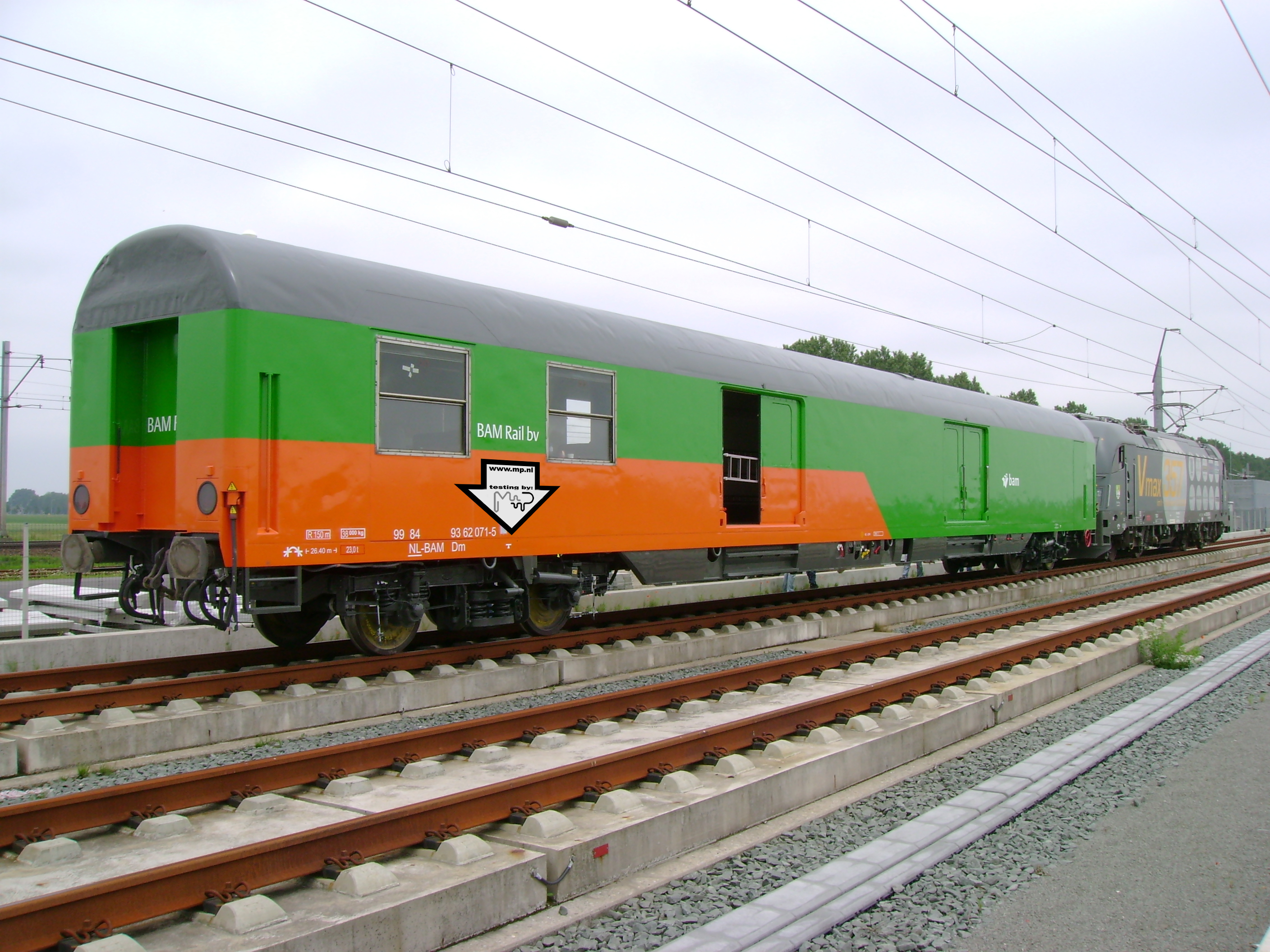Noise-reduction advice for the tendering, design, construction and maintenance of the HSL
The Dutch high-speed railway line (HSL) runs through densely populated areas and over soft ground. As a result, its construction required unique and innovative solutions. Infraspeed was hired to build the line, and they opted to use concrete slab track to solve the problem of the soft ground. In order to minimise noise pollution at the source, they called upon the expertise of M+P. "During the design phase, we drew up a list of all possible noise-reducing measures in conjunction with Infraspeed," explains Ard Kuijpers. "We had to take a multitude of factors into account, including technology, cost, security, maintenance and acceptability of the measures to the government and the surrounding area. To me, that's what is really special about multifaceted projects like this: coming up with great ideas that satisfy every possible aspect, then watching the ideas become reality and confirming that they work perfectly."
Concrete slab track
The concrete slab track used for the HSL offers major civil-engineering benefits, as it is durable and requires little maintenance. It also offers greater passenger comfort. However, it creates more noise pollution than standard ballast track with concrete sleepers. The decision to use concrete slab track was made after the route was set in stone, so the extra noise had not been taken into consideration during its planning. As a result, the government and Infraspeed decided that this type of track would only be used if the extra noise pollution could be eliminated. To complicate things further, increasing the height of the soundproof barriers was not an option. We were asked to devise a solution, which was a tough task given that the system only existed on paper at the time.
Catalogue of measures
The first step was to devise a strategy for tackling the problem. Not only did we have to devise a technical solution for reducing noise pollution, but we also had to convince the government that the solution would work before the track had even been built. Together with the renowned institution ISVR & Müller-BBM, we created models that allowed us to predict the noise levels that concrete slab track would create. The same models were then used to test our solutions. We created a catalogue of measures that could be applied at various locations along the track, including noise-reducing rails, sound-absorbent slabs, soundproof mini-barriers and acoustic grinding. Noise reduction was not the only important factor: the solutions also had to be safe, durable, easy to maintain and affordable.

Acoustic grinding
Acoustic grinding achieved the highest score for nearly all of these factors and was the best solution for all sections of the track. However, it presented yet another challenge, as acoustic grinding had never before been used in the Netherlands. As a result, there was no system for monitoring and assessing the quality of the track after the grinding had been carried out. We therefore designed an integrated grinding, measurement and assessment program. This program won us the award for innovation at the Noise, Vibration and Air Quality Congress in 2005. Our plan was approved by the government and is currently being used for the HSL.
